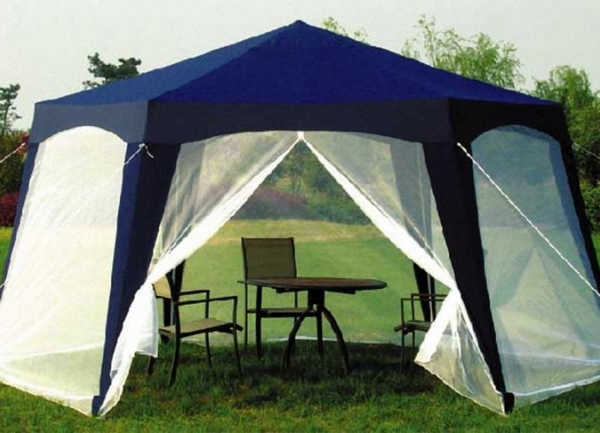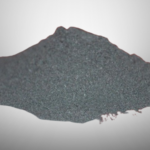Tents have been used for shelter and accommodation for thousands of years, evolving from simple structures made of animal skins and sticks to modern designs using advanced materials and technology.
Today, tents are used for a wide range of activities, including camping, military operations, and outdoor events. Understanding the tent structures can help you choose the right tent for your needs and ensure it performs well in various conditions.
1. Basic Components of a Tent
A tent typically consists of several key components:
- Fabric or Canopy
This is the material that covers the tent. It serves as the main barrier against elements like wind, rain, and sun. Modern tents usually use synthetic fabrics like nylon or polyester because they are lightweight, durable, and water-resistant.
- Poles
Poles are the framework that holds up the tent. They can be made from different materials such as aluminum, fiberglass, or carbon fiber. Aluminum poles are popular for their balance of strength and lightness. Fiberglass poles are cheaper but heavier and less durable. Carbon fiber is lightweight and very strong but also the most expensive.
- Guy Lines
These are the ropes or cords that help stabilize the tent. They are attached to the outer fabric and then anchored to the ground with stakes. Guy lines are especially important in windy conditions because they help keep the tent secure and maintain its shape.
- Stakes or Pegs
These are used to secure the tent to the ground. They are driven into the soil to hold the tent and its guy lines in place. Stakes are usually made of metal or plastic.
- Rainfly
A rainfly is an additional waterproof cover that goes over the roof of the tent. It helps to keep the interior of the tent dry during rain. Some tents come with a rainfly as an integral part of the design, while others have a detachable rainfly.
2. Types of Tent Structures
Tent structures come in various shapes and each designed for specific purposes and conditions:
- Dome Tents
These are among the most popular types of tents for camping. Dome tents are shaped like a dome or half-sphere, which makes them stable and resistant to wind and weather. They usually have two or more flexible poles that cross at the top of the tent.
- Tunnel Tents
Tunnel tents have a series of hoops or poles that create a tunnel-like shape. This design offers a good balance of weight and space, making it ideal for backpackers who need more room inside the tent.
- Geodesic Tents
These are a type of dome tent but with multiple poles that crisscross over the surface, forming triangles. This design provides excellent stability and is suited for extreme weather conditions, such as in high-altitude or polar environments.
- Cabin Tents
Cabin tents are designed with straight walls, which increases the overall headroom and living space inside. They are perfect for families or groups who need more room and comfort. However, they can be heavier and less resistant to wind.
- Pop-up Tents
Pop-up tents are designed for easy setup. They can be unfolded and set up in just a few seconds, making them ideal for festivals or quick camping trips. The trade-off is that they may not be as sturdy as more traditionally structured tents.
3. Additional Features
Modern tents also come with a variety of additional features designed to enhance comfort and functionality:
- Ventilation
Proper ventilation is crucial to prevent condensation inside the tent. Many tents have vents or mesh panels that allow air to circulate while keeping insects out.
- Interior Pockets
These are useful for organizing small items inside the tent, keeping everything tidy and within easy reach.
- Footprint
A footprint is a groundsheet that is placed under the tent to protect the floor from abrasion and moisture from the ground. It helps extend the life of the tent.
- Awning or Vestibules
Some tents include awnings or vestibules. These are extended areas at the entrance of the tent that provide additional space for storing gear or muddy boots.
Conclusion
Understanding the tent structures and the various components involved can greatly enhance your camping experience. Whether you are a solo adventurer needing a lightweight dome tent or a family requiring a spacious cabin tent, knowing the basics about tent structures helps you make informed decisions. Modern tents offer a range of features and designs tailored to meet the diverse needs of outdoor enthusiasts, ensuring comfort and protection in the great outdoors. Thank visiting getbacklinks.com.au





